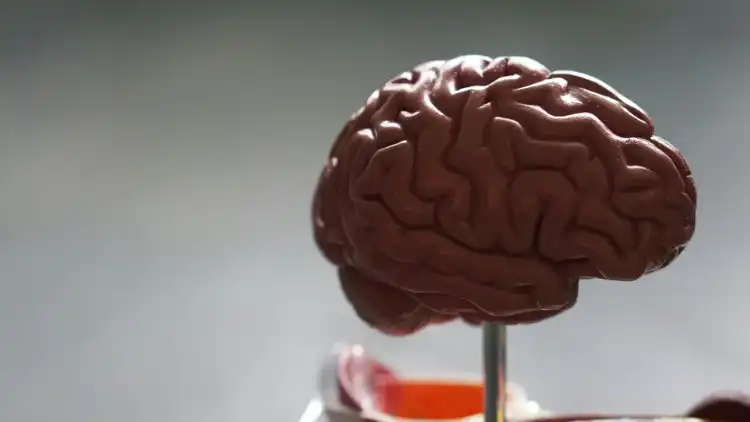The phrase ‘seeing is believing’ suggests a deep trust in our visual perception, yet how optical illusions work reveals the fascinating ways our brain can be tricked. Our eyes and brain work together to interpret a constant stream of visual data, but this process isn’t flawless. Optical illusions exploit the brain’s shortcuts and assumptions, making us perceive motion where there is none, see objects that aren’t there, or witness physically impossible scenarios. These visual tricks are more than just entertaining novelties; they provide valuable insights into the intricate relationship between sensory input and cognitive processing, showing us how the brain constructs our reality.
Table of Contents
🧠 Literal and Physiological Illusions
Optical illusions are broadly categorized into three types. Literal illusions create an image that is different from the objects that make it up, like finding hidden faces in a tree’s bark or an ambiguous image like ‘My Wife and My Mother-in-Law’. Your brain uses stored knowledge to assemble familiar patterns from the shapes. Physiological illusions, on the other hand, are caused by the overstimulation of the eye’s photoreceptors. A classic example is the Hermann grid, where you see gray dots at the intersections of a white grid on a black background. These dots disappear when you focus on them. This happens because the receptors in your peripheral vision are less precise and get confused by the high contrast, causing them to ‘fill in the gaps’ incorrectly.
🧠 Cognitive Illusions and Perception
The most mind-bending tricks are cognitive illusions, which arise from the brain’s deep-seated assumptions about the world. Paradox illusions, like the Penrose stairs, depict impossible objects that could never exist in three dimensions. Distorting illusions, such as the Ames room, manipulate our sense of perspective to make people appear to shrink or grow. The room is trapezoidal, but from a specific viewpoint, our brain assumes it’s a normal rectangular room and misinterprets the size of the individuals inside. These illusions cleverly exploit our knowledge of the physical world, creating a conflict between what we know to be true and what our eyes are telling us, resulting in a mesmerizing and perplexing experience.
More Topics
- The Science Behind Your Accent – Understanding the Human Mind
- Why Do We Lie – Understanding the Human Mind
- Brain Surgery – Understanding the Human Mind
- How to Think Yourself Smart – Understanding the Human Mind
- Escape Room Psychology – Understanding the Human Mind
- How We Learn – Understanding the Human Mind
- The Science of Sight – How Your Brain Sees the World

